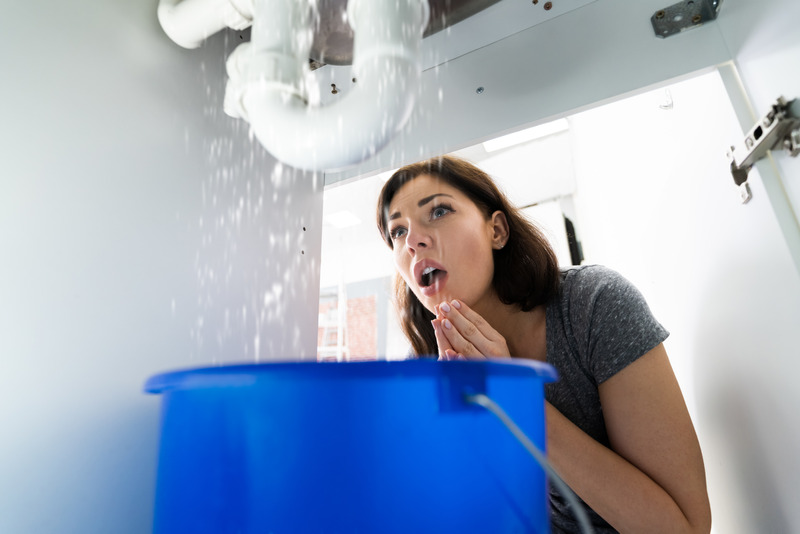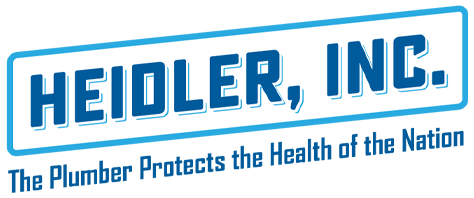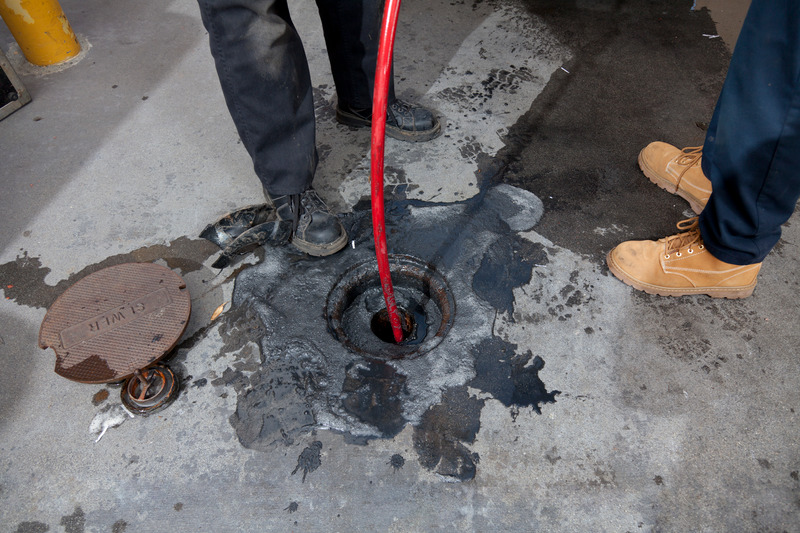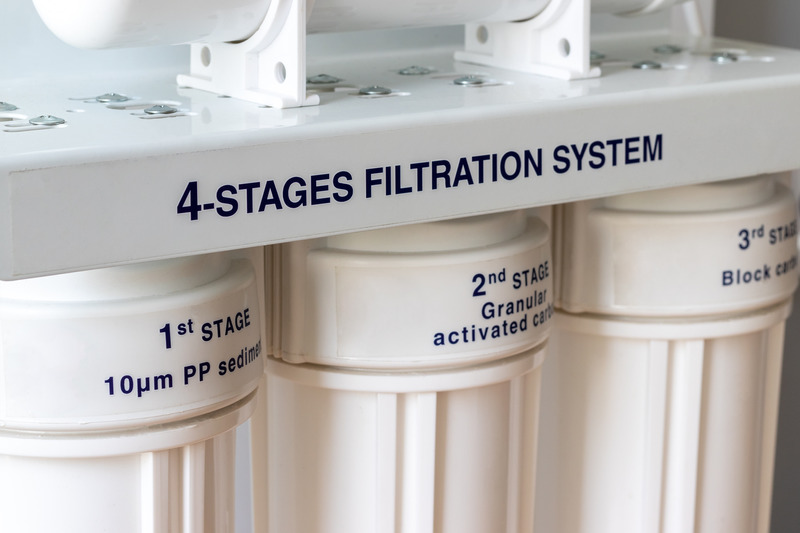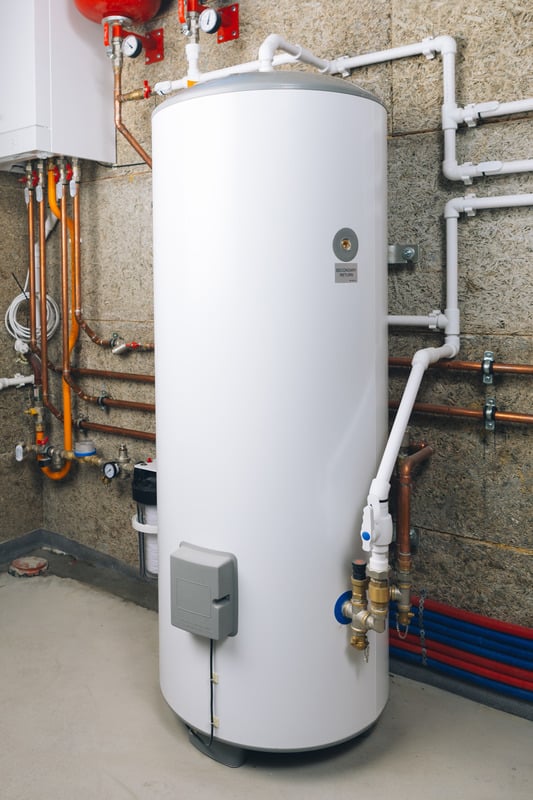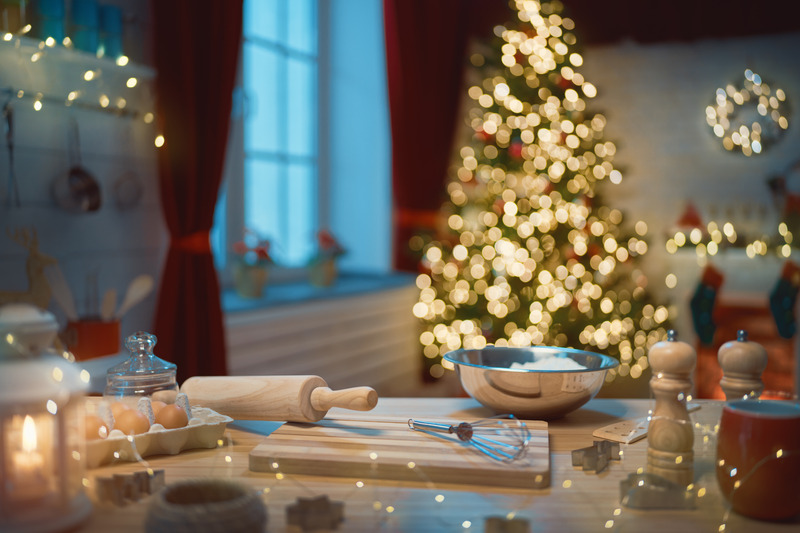Plumbing emergencies can happen at any time, and when they do, you need a fast, reliable solution to prevent damage to your home. At Heidler, Inc., we provide emergency plumbing services in Annapolis to help homeowners handle urgent issues before they turn into costly disasters. But how do you know when a problem requires immediate […]
